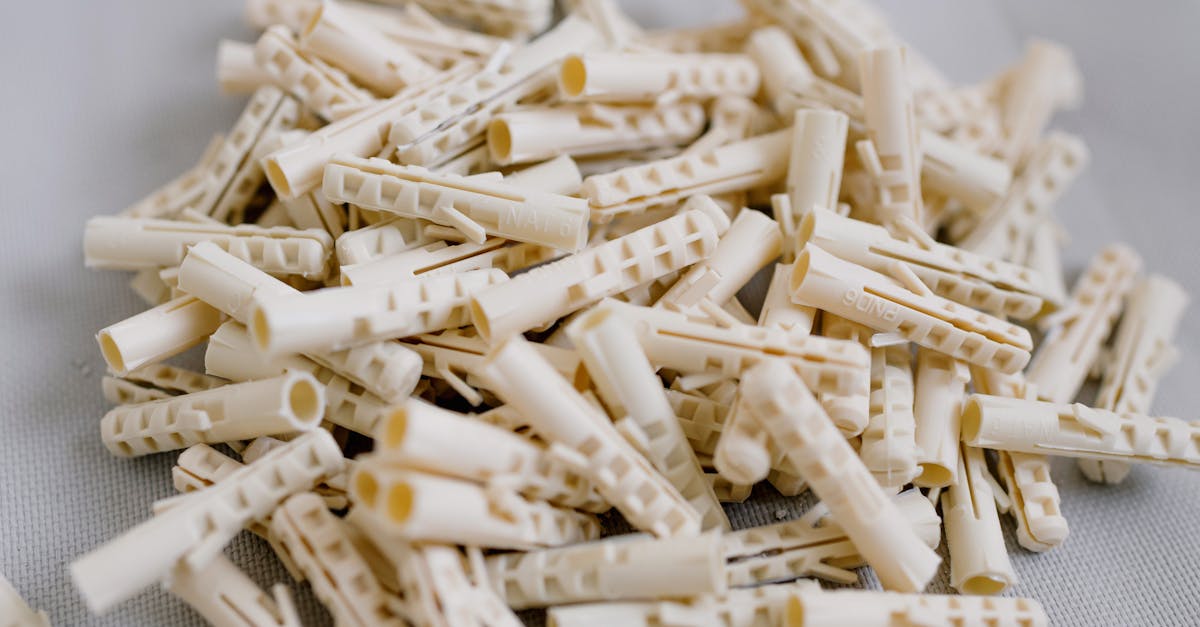How to Perform a Safety Sensor Test

Table Of Contents
Troubleshooting Common Sensor Test Issues
If you encounter issues during the sensor test, it is important to troubleshoot effectively to ensure accurate results. One common problem is a sensor not detecting objects when it should. In this case, check the sensor’s position and angle to ensure it has a clear view of the area it is meant to monitor. Adjust the sensor if necessary and retest to see if the issue has been resolved.
Another common problem is the sensor providing false alarms or triggering unexpectedly. This can be caused by interference from other electronic devices or environmental factors such as sunlight or reflections. To address this issue, try adjusting the sensitivity settings of the sensor to see if it reduces false alarms. Additionally, ensure that the sensor is placed in a suitable location away from sources of interference to improve its performance.
Click here for additional info.
Address any false alarms during testing
If false alarms occur during the sensor test, it is essential to address them promptly to ensure the accuracy and reliability of the results. False alarms can be triggered by various factors, such as environmental interference, sensor misalignment, or malfunctioning equipment. To troubleshoot and resolve false alarms, first, assess the surroundings and eliminate any potential sources of interference. Check for objects or other equipment that could be affecting the sensor's performance.
Next, inspect the sensor for any signs of misalignment or damage. Ensure that it is securely installed and positioned correctly according to the manufacturer's guidelines. If false alarms persist, consider recalibrating the sensor or adjusting its sensitivity settings. By taking these proactive steps, you can minimise false alarms and maintain the integrity of the safety sensor test.
Maintaining the Safety Sensor PostTest
After completing the safety sensor test, it is crucial to properly maintain the sensor to ensure its longevity and effectiveness. Regular maintenance includes cleaning and calibrating the sensor on a consistent basis. Cleaning the sensor helps remove any dust, debris, or other particles that may interfere with its functionality. It is recommended to use a soft cloth or brush to gently clean the sensor to avoid causing any damage. Calibrating the sensor ensures that it is accurately detecting and reacting to potential safety hazards in its environment. This process may involve adjusting settings or parameters to optimize the sensor's performance. Regular cleaning and calibration will help prolong the sensor's lifespan and maintain its reliability in detecting safety risks.
Clean and calibrate the sensor regularly
Ensure to incorporate regular cleaning and calibration sessions into your maintenance routine for optimal performance of your safety sensor. Regular cleaning helps to remove any dirt, dust, or debris that may obstruct the sensor's functionality. It is advisable to use a soft, lint-free cloth to gently wipe the sensor's surface and ensure there are no obstructions that could interfere with its operation. Additionally, calibration procedures should be followed according to the manufacturer's guidelines to maintain accuracy and reliability. This ensures that the sensor is operating at its peak performance levels and can effectively detect any safety hazards in its vicinity. Regular maintenance of the sensor through cleaning and calibration will prolong its lifespan and enhance its overall effectiveness in ensuring a safe environment.
Implementing Safety Measures for Sensor Handling
When handling safety sensors, it is crucial to implement strict safety measures to prevent any potential accidents or injuries. Always ensure that you are well-versed in the specific safety protocols related to sensor handling before conducting any testing. Following established safety guidelines will help you navigate potential risks effectively.
During sensor handling, never compromise on wearing the necessary personal protective equipment, such as gloves and goggles. These items are designed to safeguard you against any potential hazards that may arise during the testing process. Additionally, always double-check the sensor's operational status before proceeding with any handling to minimise any unintended incidents.
Follow proper safety protocols during testing
When conducting a safety sensor test, it is crucial to adhere to proper safety protocols to ensure the wellbeing of yourself and those around you. Always start by wearing the necessary personal protective equipment, such as safety goggles and gloves, to protect yourself from any potential hazards. Before commencing the test, make sure the area is clear of any obstructions and that there is sufficient ventilation to prevent the buildup of any harmful fumes.
During the testing process, avoid any shortcuts or bypassing safety procedures, as they are in place to prevent accidents and ensure a successful test. Follow the manufacturer's guidelines meticulously and refrain from tampering with any components of the sensor without appropriate knowledge and training. Furthermore, be cautious when handling any tools or equipment, ensuring they are in good working condition and suitable for the task at hand.
FAQS
Why is it important to perform a safety sensor test?
Performing a safety sensor test is crucial to ensure that the sensor is functioning correctly and can accurately detect any potential safety hazards.
How often should a safety sensor test be conducted?
It is recommended to conduct a safety sensor test regularly, following the manufacturer's guidelines. This will help in ensuring the continued effectiveness of the sensor.
What should I do if I encounter false alarms during the sensor test?
If you encounter false alarms during the sensor test, refer to the troubleshooting section in this article to address and resolve any common sensor test issues.
Is it necessary to clean and calibrate the sensor post-test?
Yes, it is essential to clean and calibrate the sensor regularly post-test to maintain its accuracy and reliability in detecting safety hazards.
How can I ensure proper handling of the safety sensor during testing?
To ensure proper handling of the safety sensor during testing, it is important to implement safety measures and follow the recommended safety protocols outlined in this article.
Related Links
Common Safety Issues with Garage DoorsImportance of Regular Safety Feature Inspections